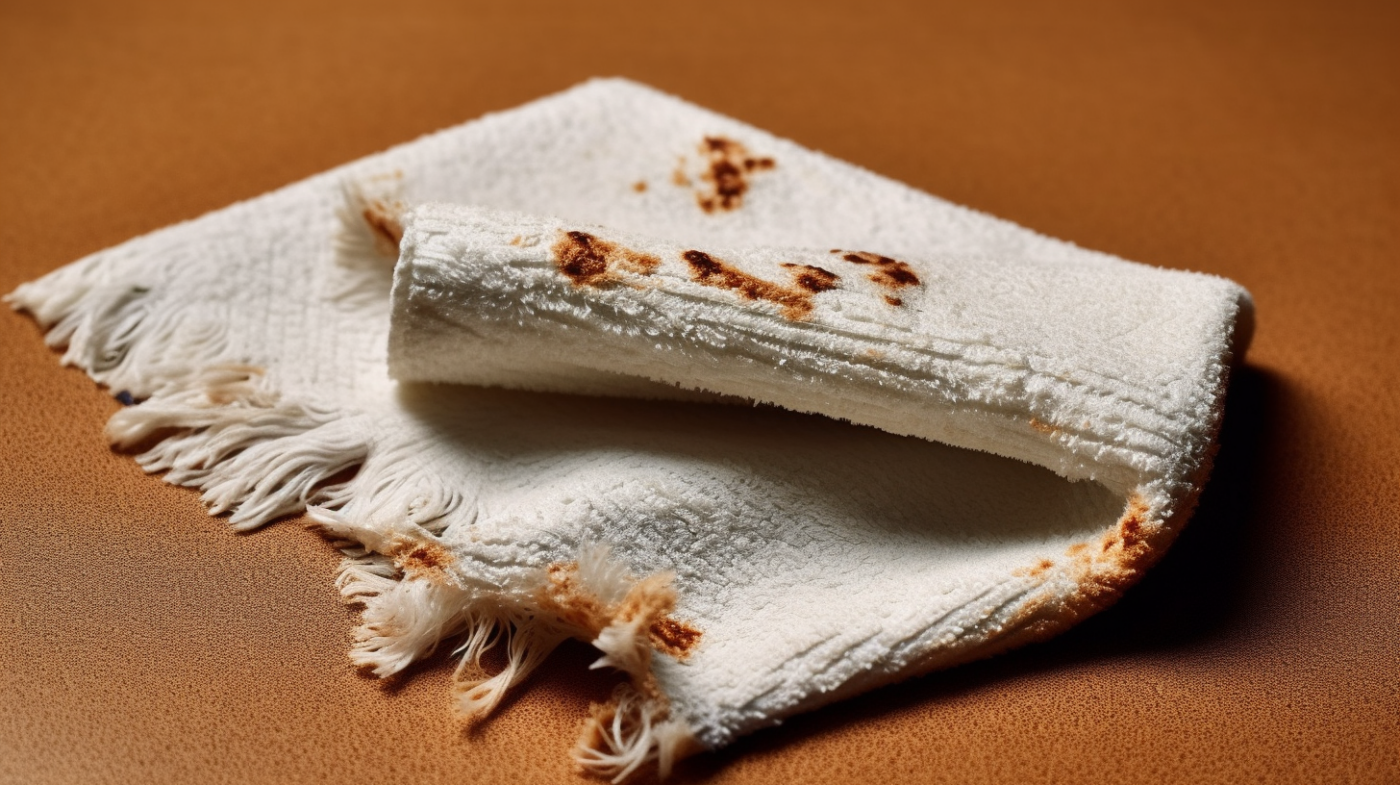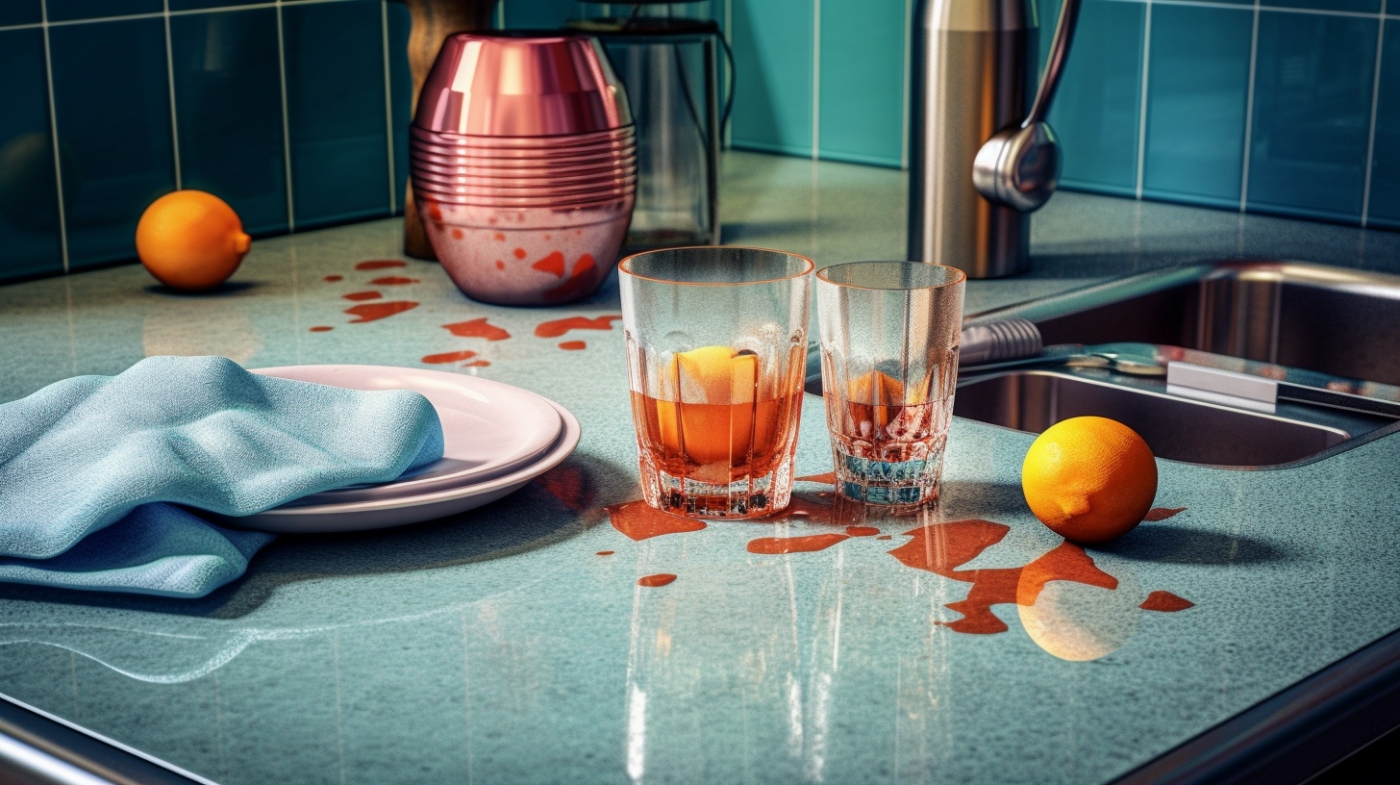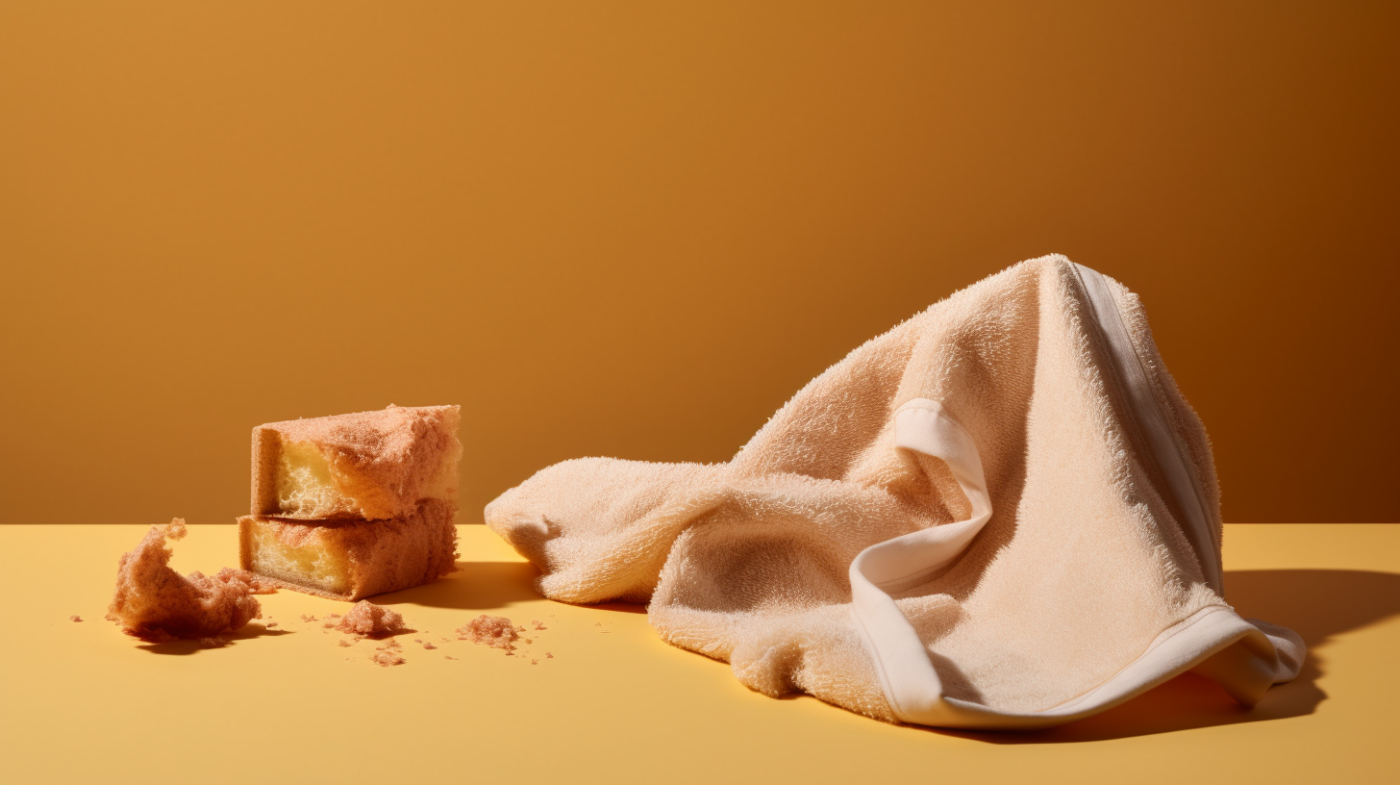Blog
Sponge Or Towel: Which Is Better For Cleaning Up Spills?
To Soak Up Liquid Sponge Or Towel? When it comes to cleaning up spills, there are two main tools that come to mind: sponges and towels. Both have their advantages and disadvantages, but which one is actually better?
Sponges and towels may seem similar at first glance, but they each have unique characteristics that make them more suitable for certain tasks. In this article, we’ll be exploring the differences between these two cleaning tools and weighing the pros and cons of using them for spill cleanup.
So let’s dive in and find out which one reigns supreme!
The difference between sponges and towels

You may have thought sponges and towels were the same, but let me tell you, they couldn’t be more different!
Sponges are made of porous material that can absorb liquid and scrub surfaces. They come in various shapes and sizes, with some having a rougher texture for tougher cleaning jobs. The sponge’s ability to hold onto water makes it ideal for cleaning up spills.
On the other hand, towels are typically made of woven cotton or synthetic fibers. Unlike sponges, they don’t have pores to absorb liquids; instead, they rely on their fibers to soak up moisture. Towels also come in different textures and sizes, with some being more absorbent than others.
While towels are great for drying dishes or wiping down surfaces, they may not be as effective at cleaning up spills as sponges due to their lack of absorption capabilities.
Advantages and disadvantages of using sponges

As you may already know, using sponges has its own set of pros and cons.
One advantage is that they can absorb liquid quickly and effectively, making them ideal for cleaning up spills in a timely manner, especially if dealing with a larger mess.
However, there are also downsides to using sponges. They can harbor bacteria if not properly sanitized after use. Additionally, sponges can be difficult to clean thoroughly due to their porous nature. This means that they may not be the best option for cleaning up spills involving potentially harmful substances like raw meat juice or chemical cleaners. In these cases, it’s often better to reach for a towel instead.
Advantages and disadvantages of using towels

If you’re looking for a versatile cleaning tool, towels are worth considering. One of the biggest advantages of using towels is that they can be reused multiple times before needing to be washed. This makes them a more cost-effective option in the long run compared to disposable sponges.
Towels also come in a variety of materials and sizes, which means you can choose one that’s best suited for your specific cleaning needs. For example, microfiber towels are great for picking up dust and dirt, while cotton towels are absorbent and can handle larger spills.
However, one disadvantage of using towels is that they may not be as effective at scrubbing tough stains or grime compared to sponges. Additionally, if not properly cleaned and dried after use, towels can harbor bacteria and other germs.
Which is better for cleaning up spills?

When a liquid spills on your kitchen floor, it’s like a small lake forming in the middle of your home. It’s important to clean up spills quickly to prevent any accidents or slips.
When it comes to cleaning up spills, there are two options: sponge or towel. While both can be effective, towels have some advantages over sponges.
Towels are more absorbent than sponges and can hold more liquid, making them ideal for larger spills. They also come in different sizes and thicknesses, allowing you to choose the right one for the job. Towels can be reused multiple times after washing, making them a cost-effective option in the long run.
However, towels may not be as convenient as sponges when it comes to smaller spills or hard-to-reach areas where a sponge may fit better. Ultimately, the choice between a towel and sponge depends on personal preference and the size of the spill that needs cleaning up.
Tips for using sponges and towels effectively
To effectively clean up spills, it’s important to follow these tips for using both sponges and towels. Firstly, make sure the sponge is wet before cleaning up any spill. This will help the sponge absorb the liquid better and make cleaning easier. Also, avoid using a dry sponge as it may just push the spill around instead of absorbing it.
Secondly, when using a towel, use a dabbing or blotting motion instead of wiping or rubbing. This will help prevent spreading the spill and making it worse. Additionally, be sure to use a clean section of the towel each time you blot to avoid spreading any bacteria that may have been picked up from previous spills.
By following these simple tips for both sponges and towels, you can effectively clean up spills without making a bigger mess.
Alternative options for cleaning up spills
You might be surprised to learn that there are other options available for cleaning up spills that you may not have considered before. One such option is using a microfiber cloth. These cloths are made of tiny fibers that trap dirt and liquid, making them incredibly effective at cleaning up spills. They also don’t leave any streaks or residue behind, which makes them great for wiping down surfaces after spills.
Another alternative option is using paper towels. While they may not be the most eco-friendly choice, they’re convenient and effective at cleaning up spills quickly. Plus, you can dispose of them easily without worrying about washing them afterwards. If you want to make your paper towels last longer, you can even use them in conjunction with a sponge or cloth to absorb excess liquid before wiping it away with the towel.
Overall, while sponges and towels may be the go-to options for cleaning up spills, it’s good to know that there are other alternatives out there too. Whether you choose a microfiber cloth or paper towel depends on your personal preferences and values regarding sustainability and waste reduction, but both options will get the job done effectively.
How to properly clean and maintain sponges and towels
Maintaining the cleanliness of your cleaning tools is crucial for preventing the spread of bacteria and ensuring their effectiveness over time. This applies to both sponges and towels, which are commonly used for cleaning up spills.
To properly clean and maintain sponges, it’s important to rinse them thoroughly with hot water after each use and wring out as much moisture as possible. You can also sanitize your sponge by microwaving it on high for one minute or soaking it in a mixture of water and vinegar.
When it comes to towels, they should be washed after every use in hot water with detergent. Avoid using fabric softener as this can reduce their absorbency over time. Additionally, make sure to hang them up to dry completely before using again.
If you notice any stains on your towels that won’t come out with regular washing, try treating them with a stain remover before throwing them in the wash. By taking proper care of your cleaning tools, you can ensure they work effectively for longer periods of time while reducing the risk of spreading harmful bacteria around your home.
Conclusion: Which one should you choose?
Now that you know how to properly care for your cleaning tools, it’s important to choose the right type of cloth for your needs.
When it comes to cleaning up spills, both sponges and towels can do the job effectively. However, there are a few things to consider when deciding which one is better suited for your specific needs.
Cellulose sponges are great for absorbing larger spills quickly and efficiently. They also have the ability to scrub away tough stains without damaging surfaces.
On the other hand, flour sack cotton towels are ideal for smaller spills or messes that require a little more finesse. They also tend to be more durable than sponges and can be reused multiple times before needing to be washed.
Ultimately, the choice between sponge or towel will depend on personal preference and the type of spill being cleaned up.

